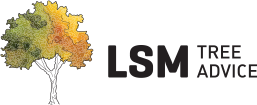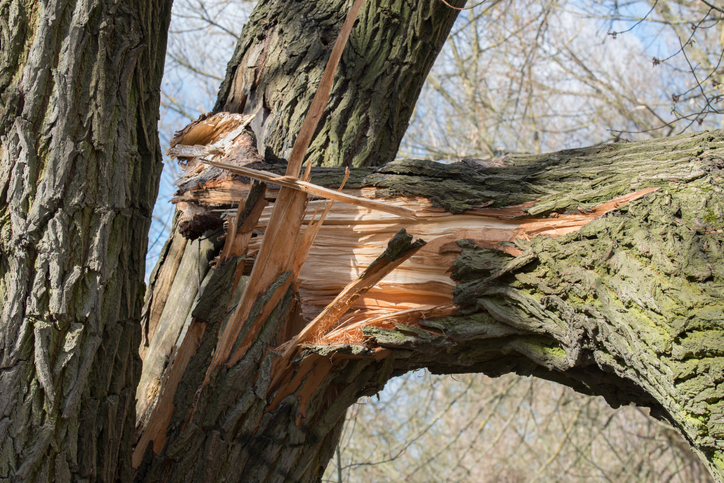The Benefits of Pruning Mature Trees: Improving Health, Safety, and Aesthetics
Pruning mature trees is an essential part of tree care that can provide numerous benefits to the tree, surrounding landscape, and property owners. Mature trees that have been well-maintained through proper pruning practices not only look great but also perform better in terms of health, safety, and longevity. In this blog post, we'll explore the benefits of pruning mature trees and why it's important to do it regularly.
Improving Tree Health
Regular pruning helps to maintain the overall health of the tree. By removing dead, diseased, or broken branches, the tree can redirect resources to healthy growth and defense mechanisms, reducing the risk of infection or infestation. Pruning can also promote better air circulation and sunlight penetration, which can prevent the growth of harmful fungi and molds that thrive in moist, shaded environments. Proper pruning techniques can also reduce the risk of branch failure, which can lead to property damage, injury, or even death.
Enhancing Safety
Safety is a top priority when it comes to pruning mature trees. Dead or weak branches can fall at any time, especially during storms or high winds, posing a risk to people, pets, and property. Pruning can help to identify and remove these hazards before they become a problem. Additionally, pruning can help to control the size and shape of the tree, preventing it from growing into power lines, buildings, or other obstacles that can pose a safety risk.
Improving Aesthetics
Pruning is also an effective way to improve the overall aesthetics of the tree and surrounding landscape. By removing dead or unwanted branches, the tree can take on a more attractive and balanced appearance. Proper pruning techniques can also promote healthy growth and a more natural form, creating a visually appealing canopy that enhances the beauty and value of the property.
When to Prune Mature Trees
The best time to prune mature trees depends on several factors, including the type of tree, its growth habits, and the reason for pruning. In general, it's best to prune trees during their dormant season, which is usually in late fall or winter. Pruning during this time allows the tree to heal before the growing season begins, reducing the risk of stress or infection. However, certain species, such as oak or maple, may be more susceptible to disease if pruned during the winter. It's always best to consult with a professional arborist to determine the best time to prune your specific tree.
Conclusion
Pruning mature trees is an important part of tree care that can provide numerous benefits to the tree, surrounding landscape, and property owners. By improving tree health, enhancing safety, and improving aesthetics, regular pruning can help to ensure the long-term health and beauty of mature trees. If you have mature trees on your property, consider contacting us to discuss the benefits of pruning and develop a customized pruning plan that meets the specific needs of your trees.
If you live in the Burnside Council area of Adelaide, you can have the pruning subsidized by the Council if you provide them with a report from us.










